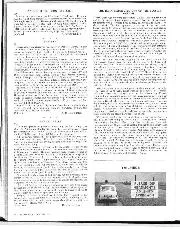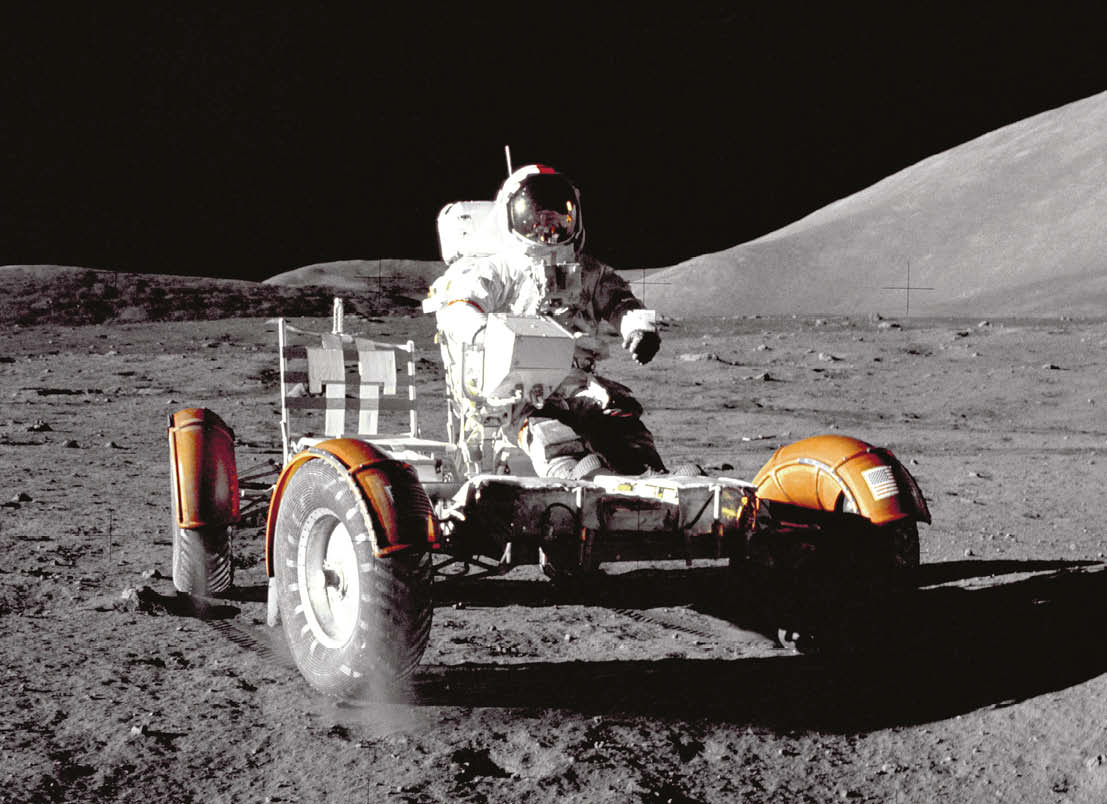
The remarkable mystery of the elusive dry-cell
Some years ago we were road-testing a 3-litre six-cylinder Rover and in the course of our report mentioned that one of its several refinements was a separate little battery, or…

Forget the next-generation Prius, Toyota’s latest design project is quite literally out of this world. It has teamed up with the Japanese Aerospace Exploration Agency to create this pressurised Moon rover concept, continuing the trend for automakers to join the space race.
Toyota claims that its revolutionary design will be able to drive itself, while accommodating two astronauts – or four in an emergency – for weeks at a time. The prototype will have a cruising range of more than 6,200 miles (10,000km) and will be powered by a fuel cell making use of solar panels to recharge – presumably because fast-charge plug-in stations have yet to reach most of England, let alone the Moon…
The company is not the only car maker looking to new horizons. Elon Musk recently hit headlines by launching what some consider ‘space litter’ in the form of his own Tesla Roadster into orbit on a SpaceX rocket.
Other, more sensible, projects include Audi’s remote Lunar quattro exploratory vehicle. Designed to visit the abandoned lunar rover from the 1972 Apollo 17 mission – which itself was part designed and constructed by General Motors – the project is due for launch later this year.
Toyota’s Akio Toyoda said of his firm’s new project: “I believe that our [car] industry shares the same aspirations of international space exploration. Furthermore, cars are used in all of Earth’s regions, and in some regions cars play active roles as partners for making sure that people come back alive. And I think that coming back alive is exactly what is needed in this project.”
Quite…